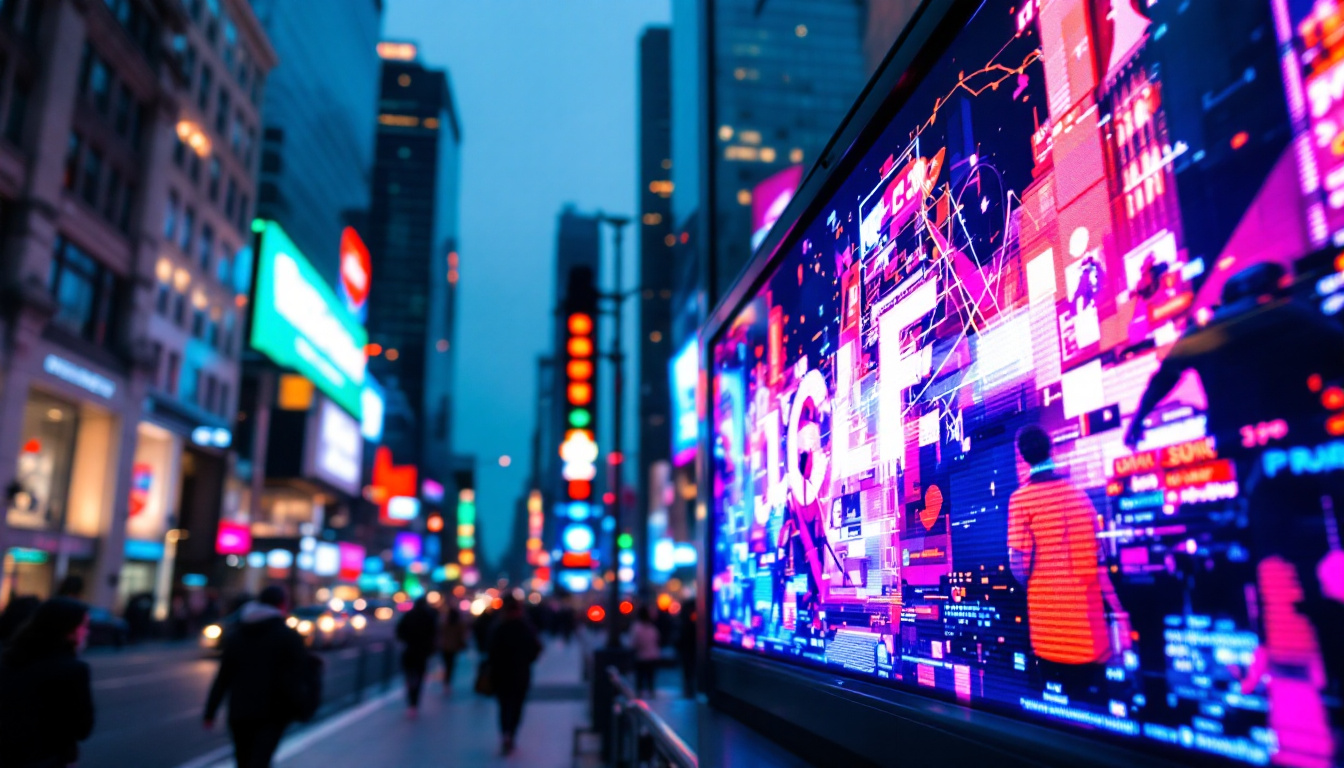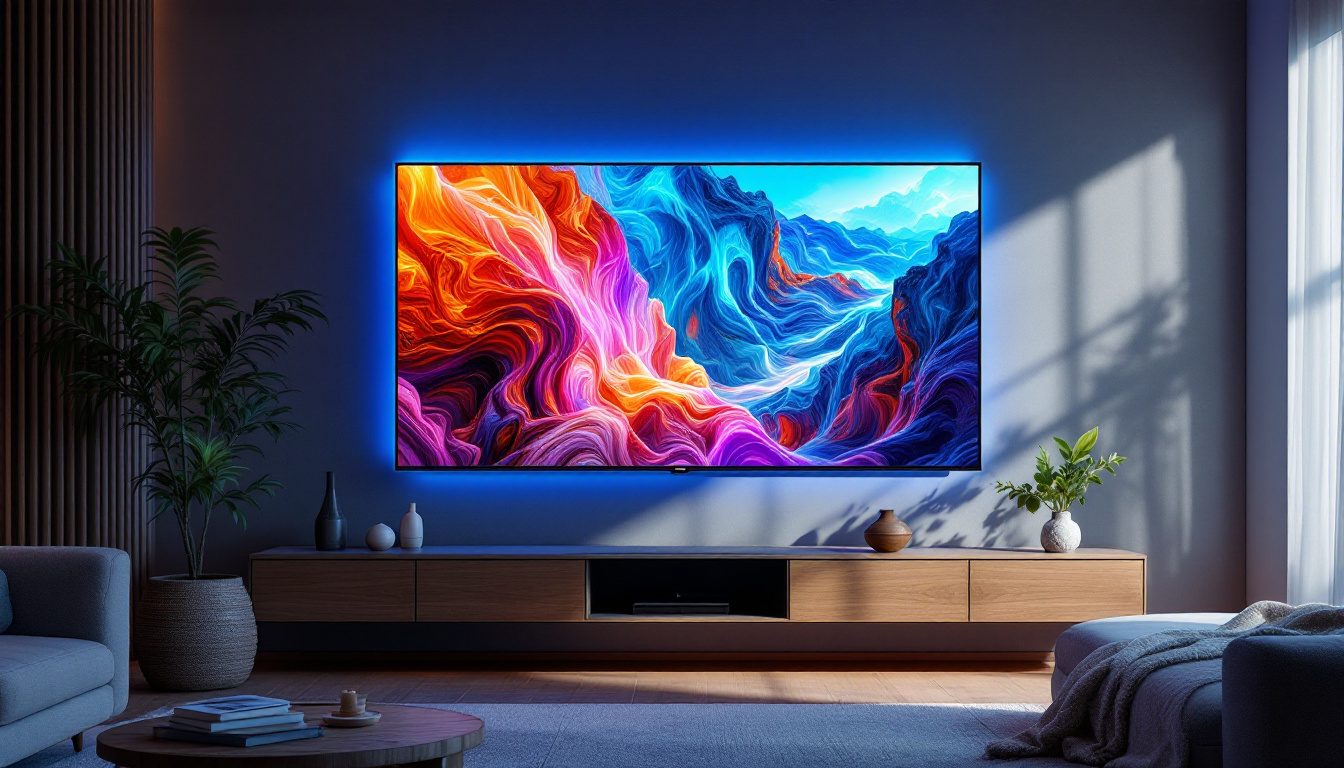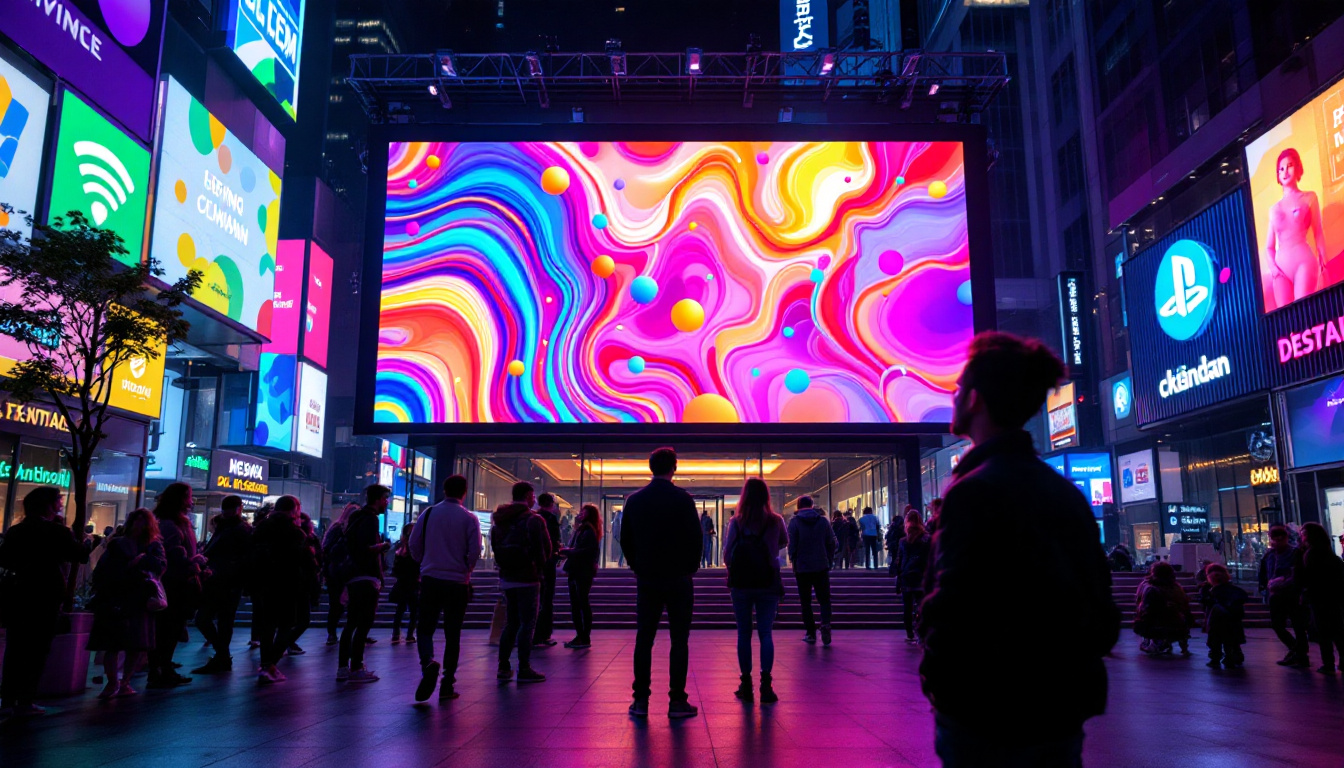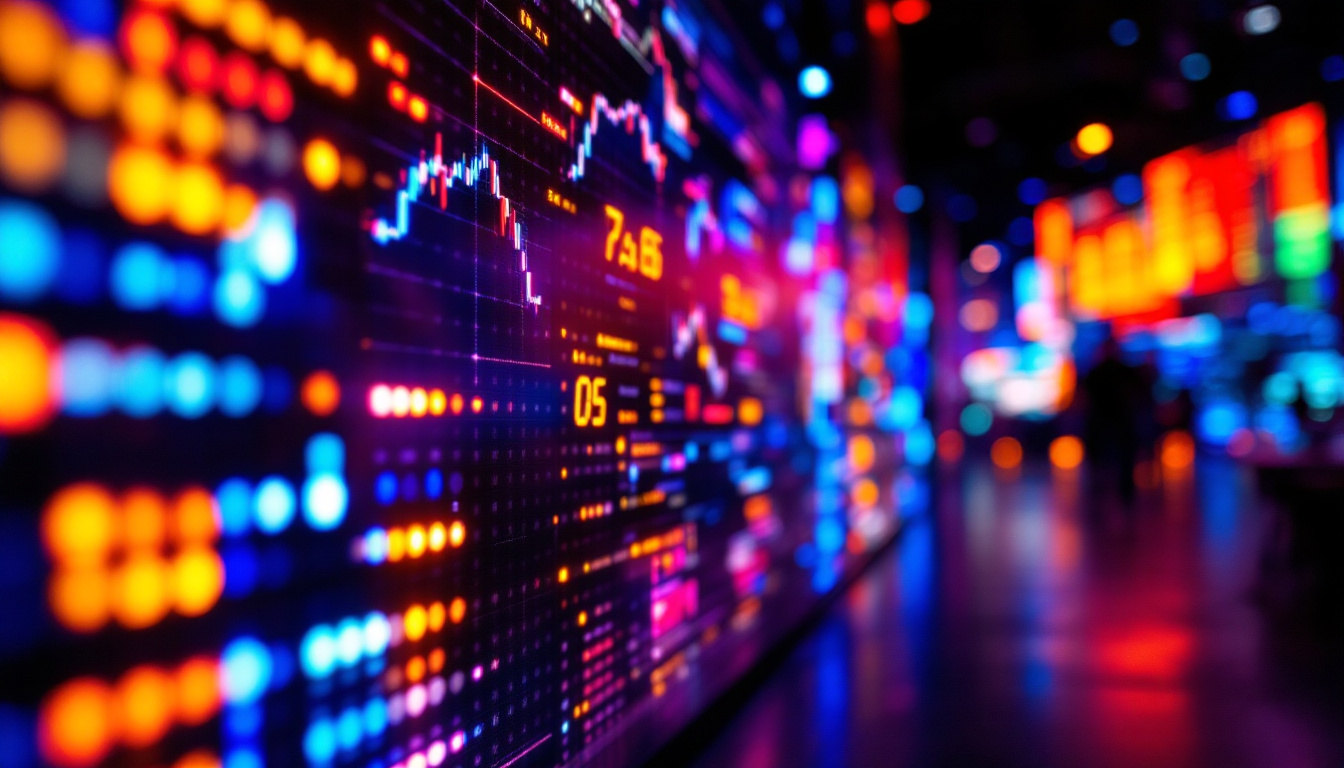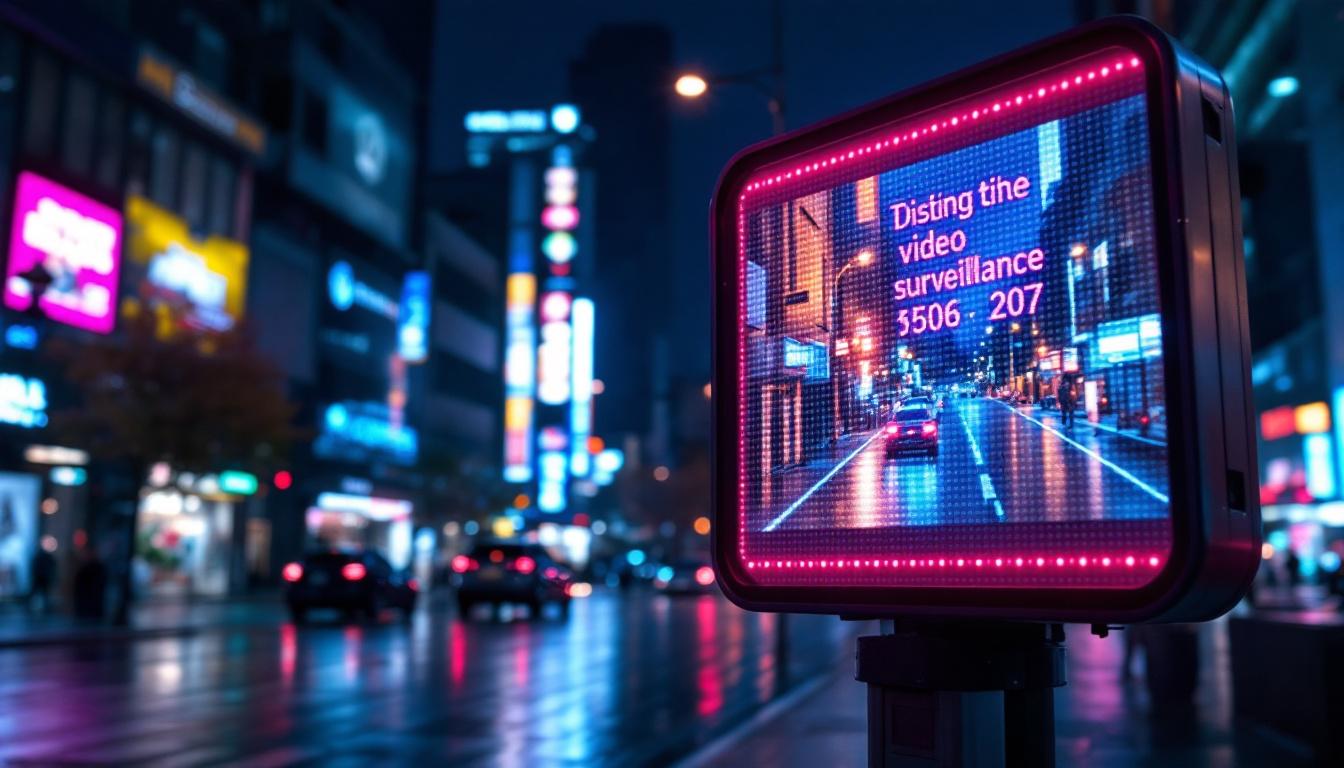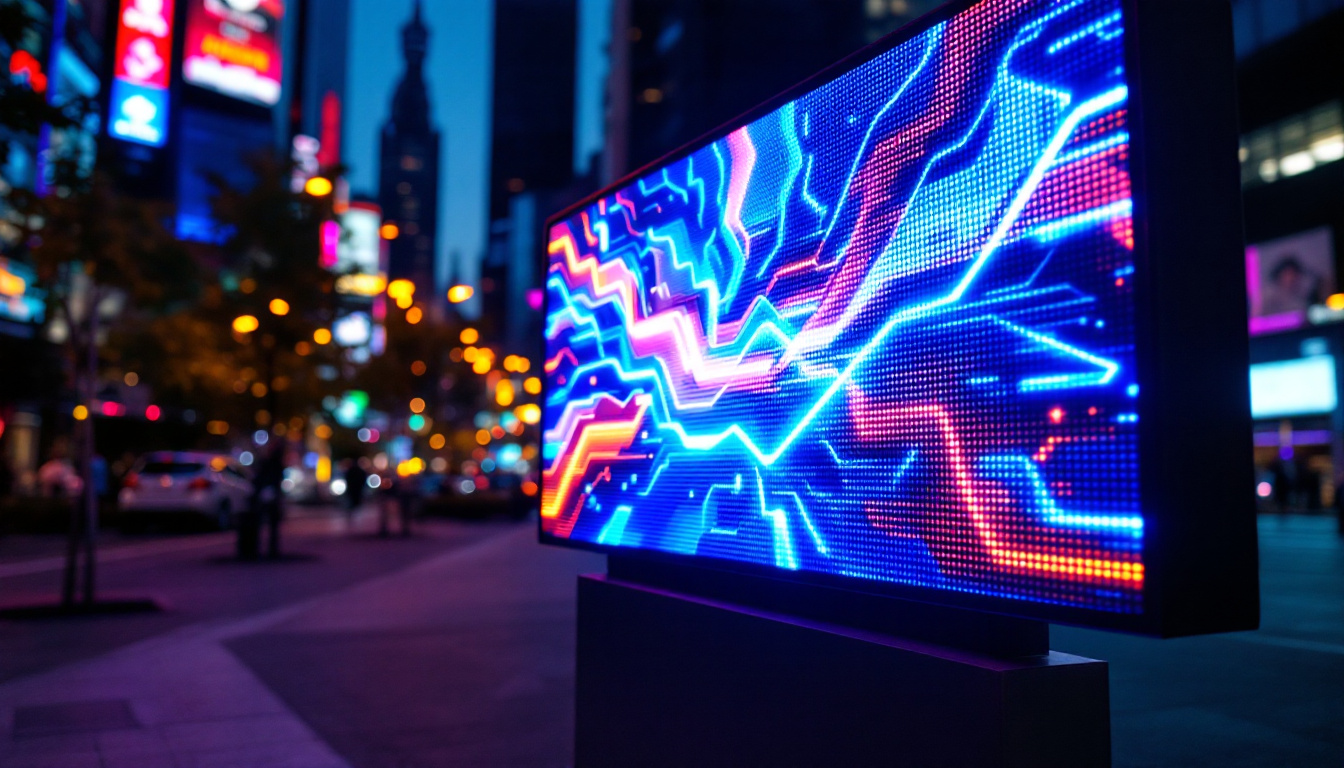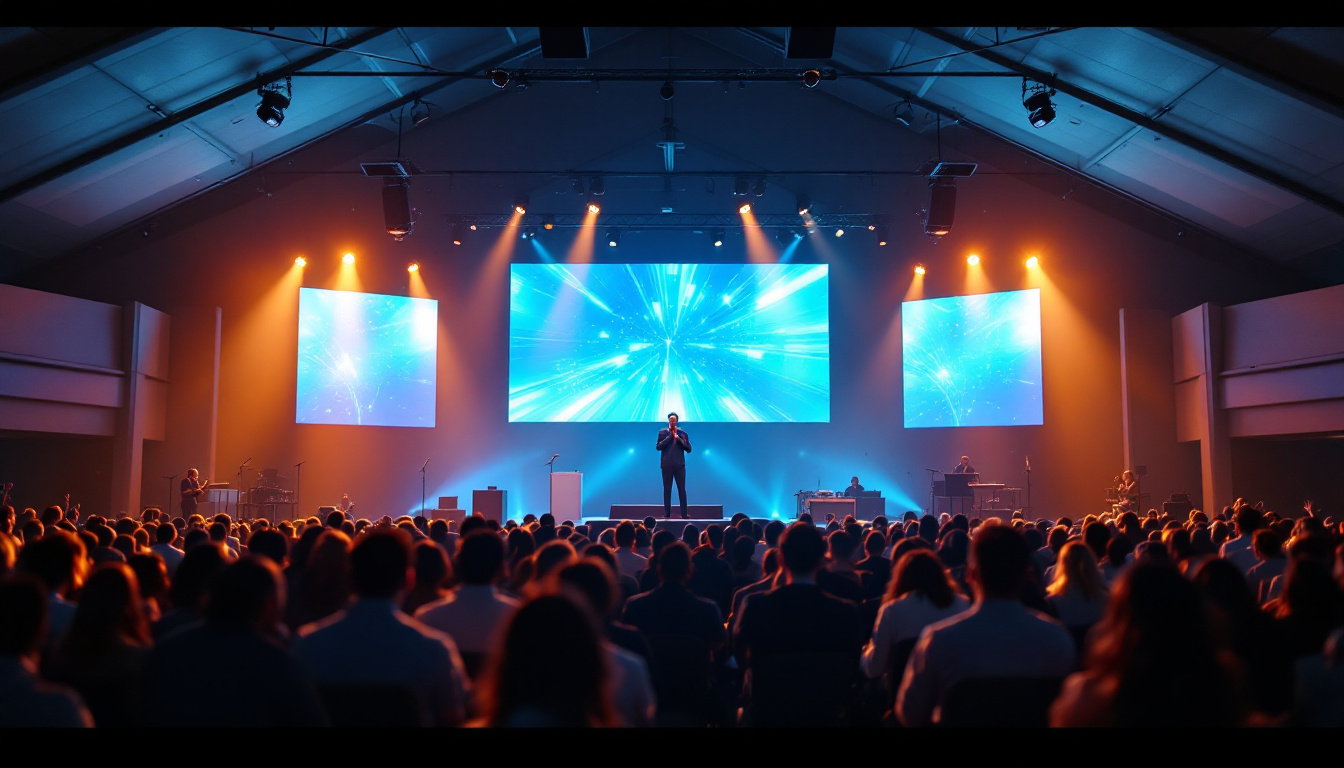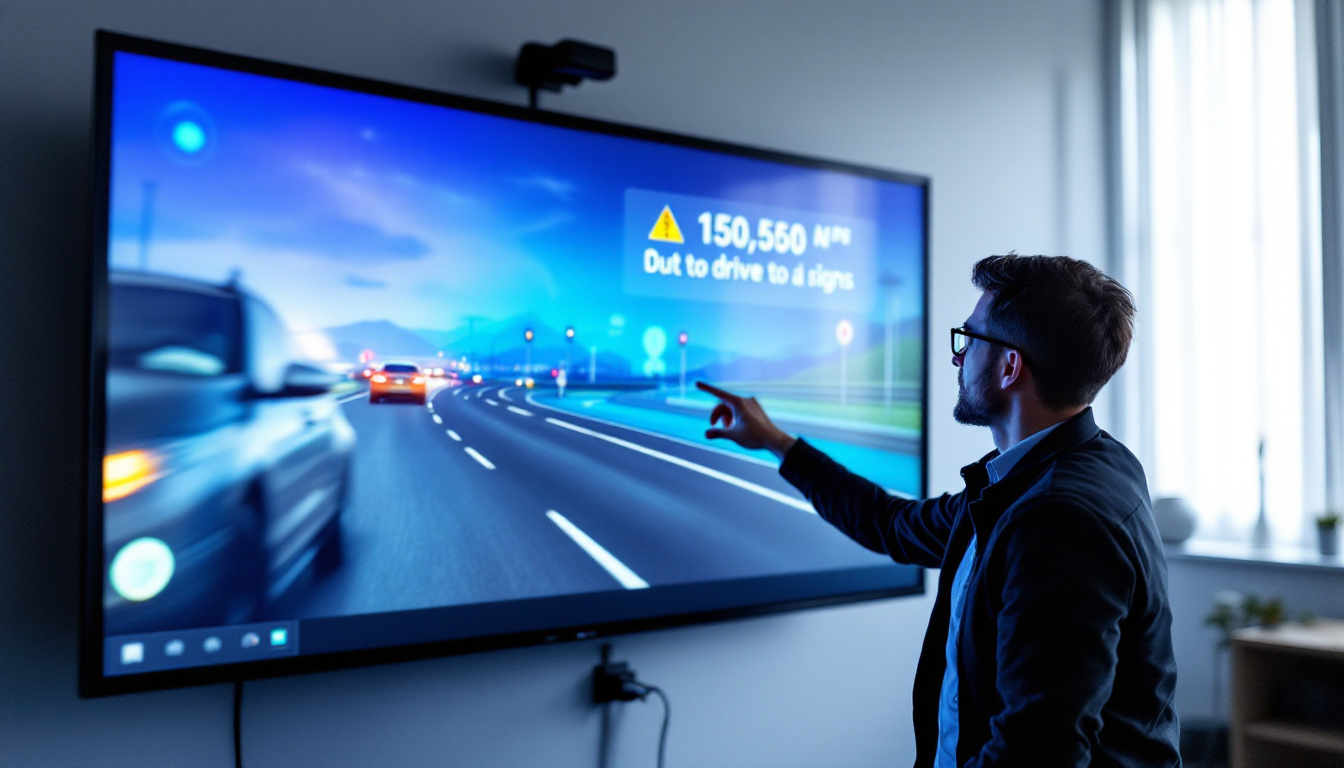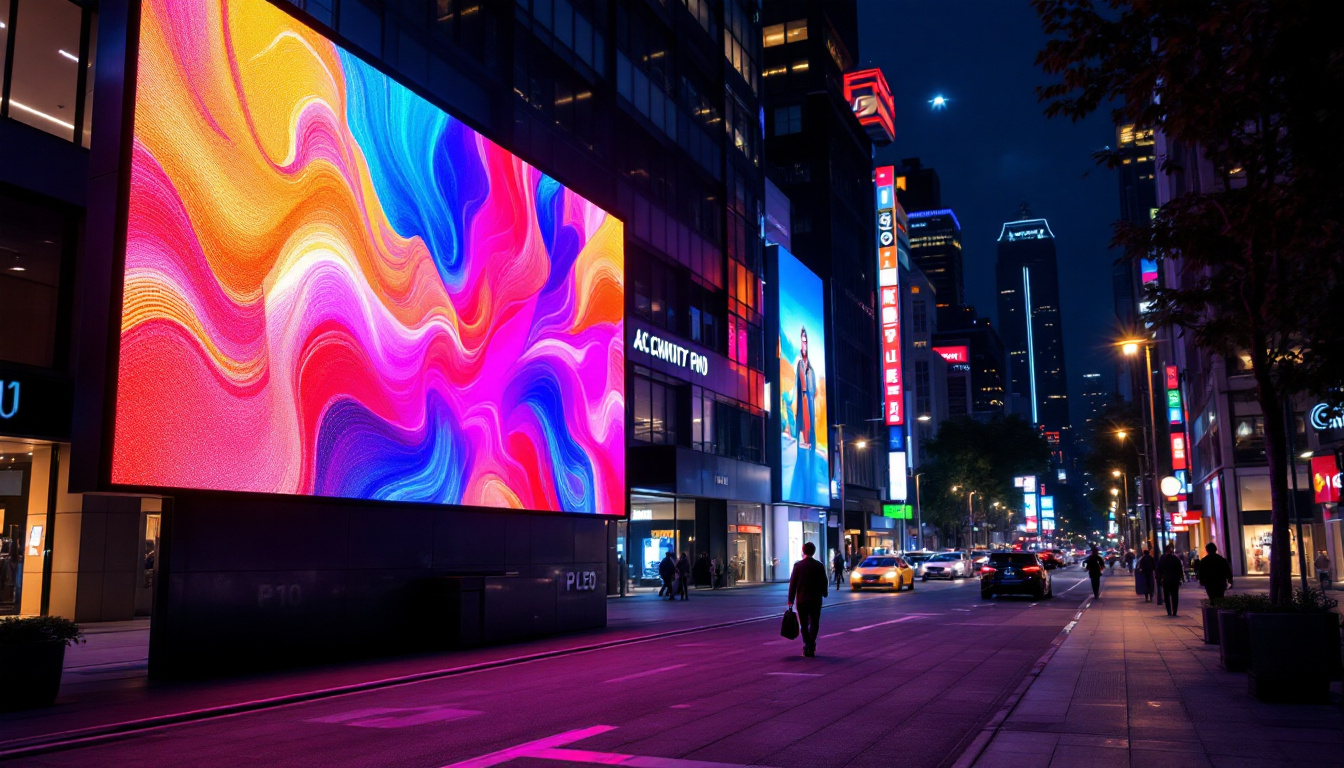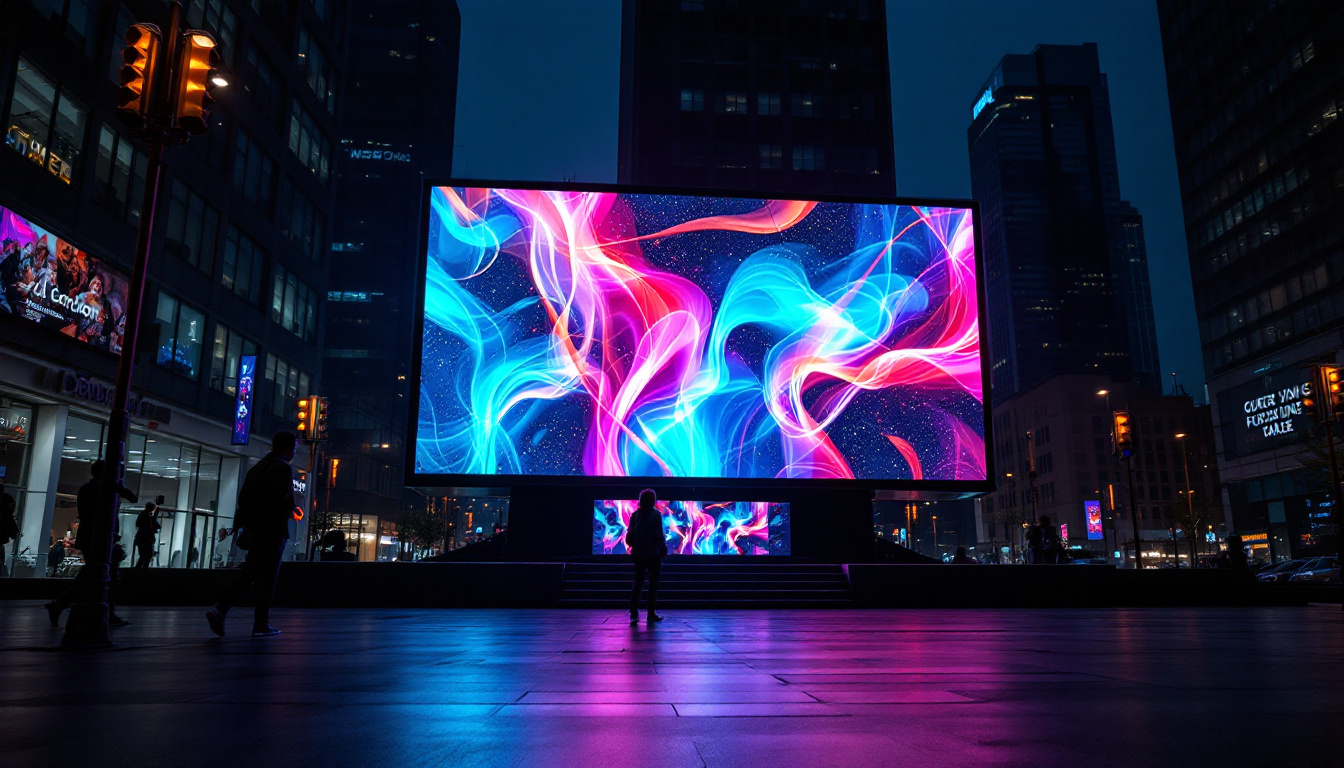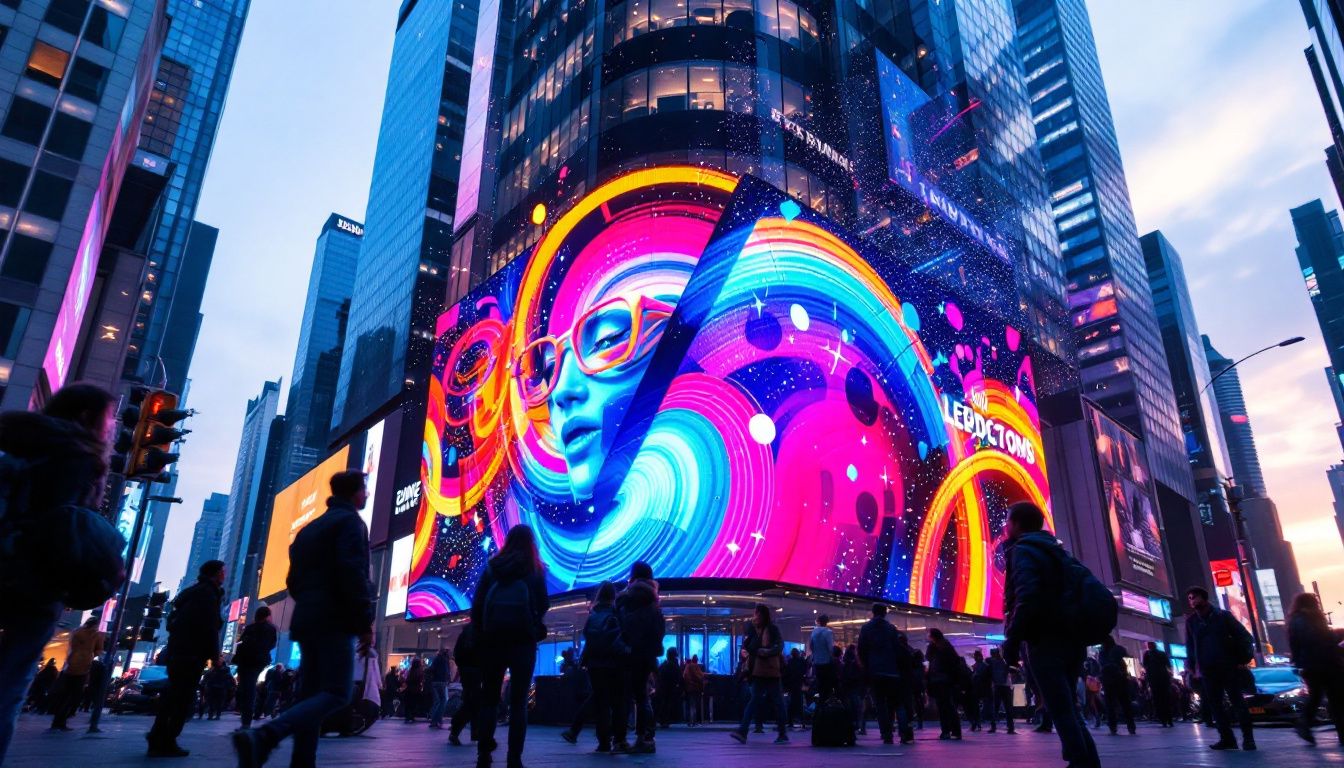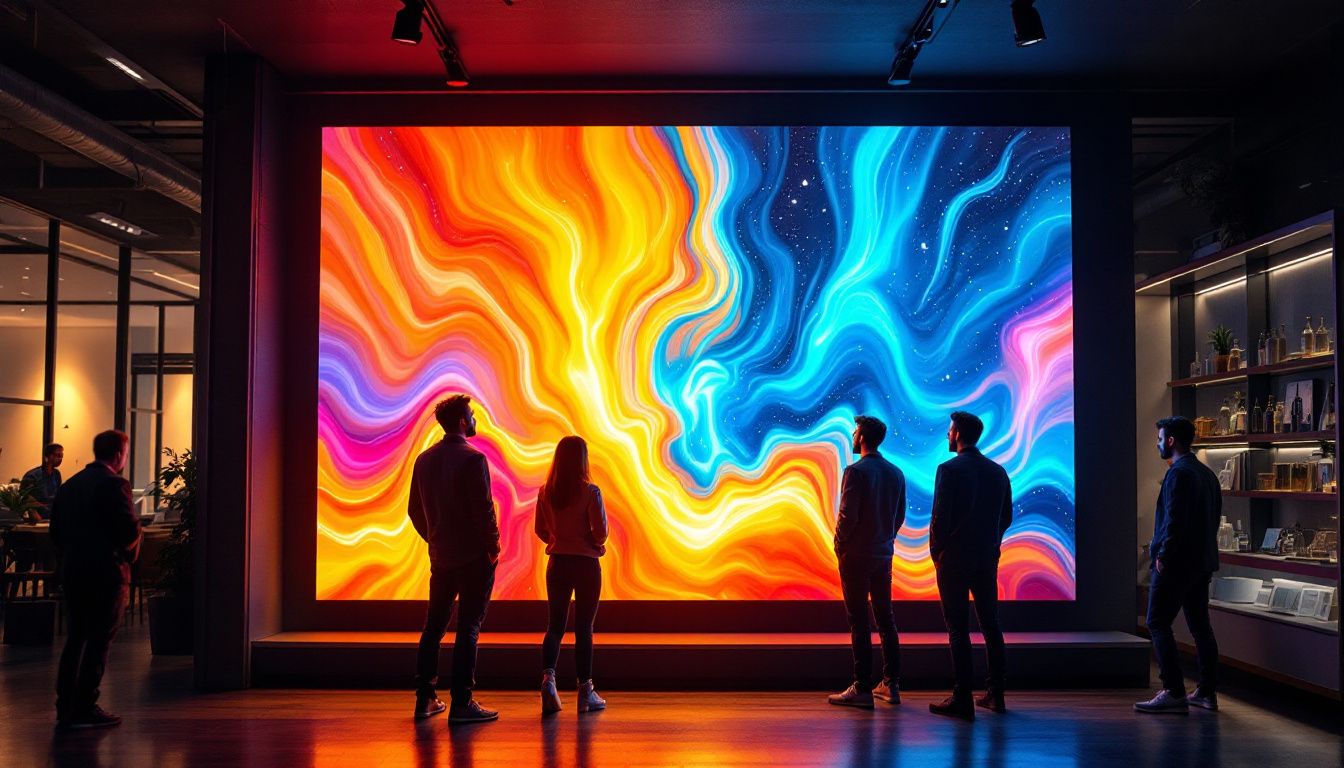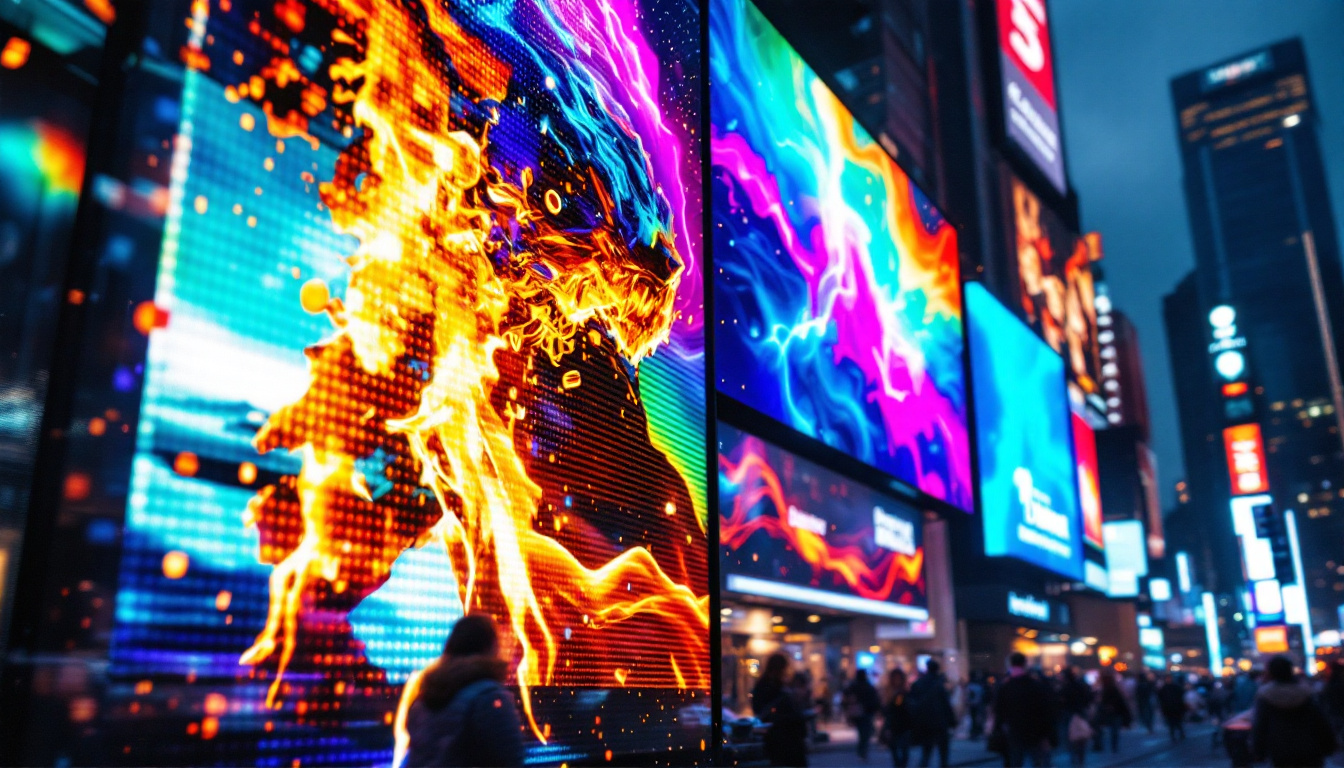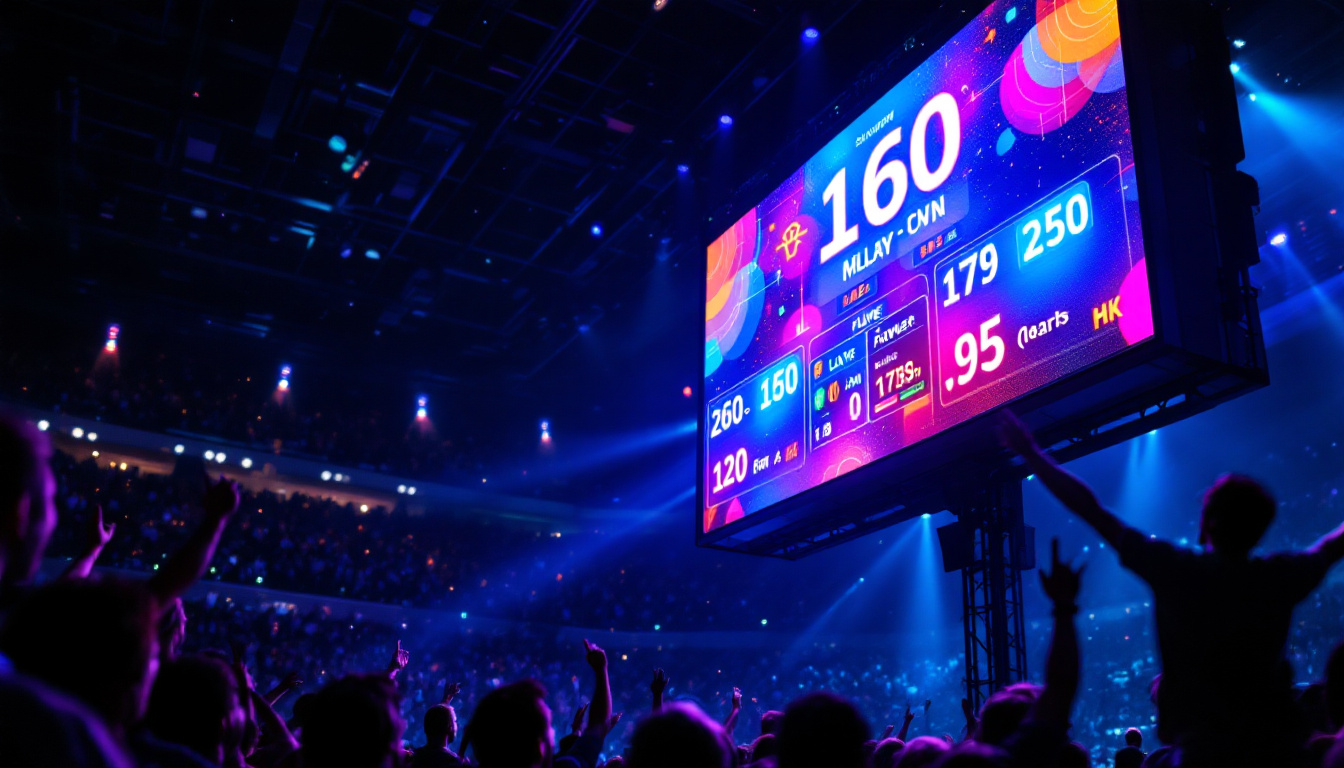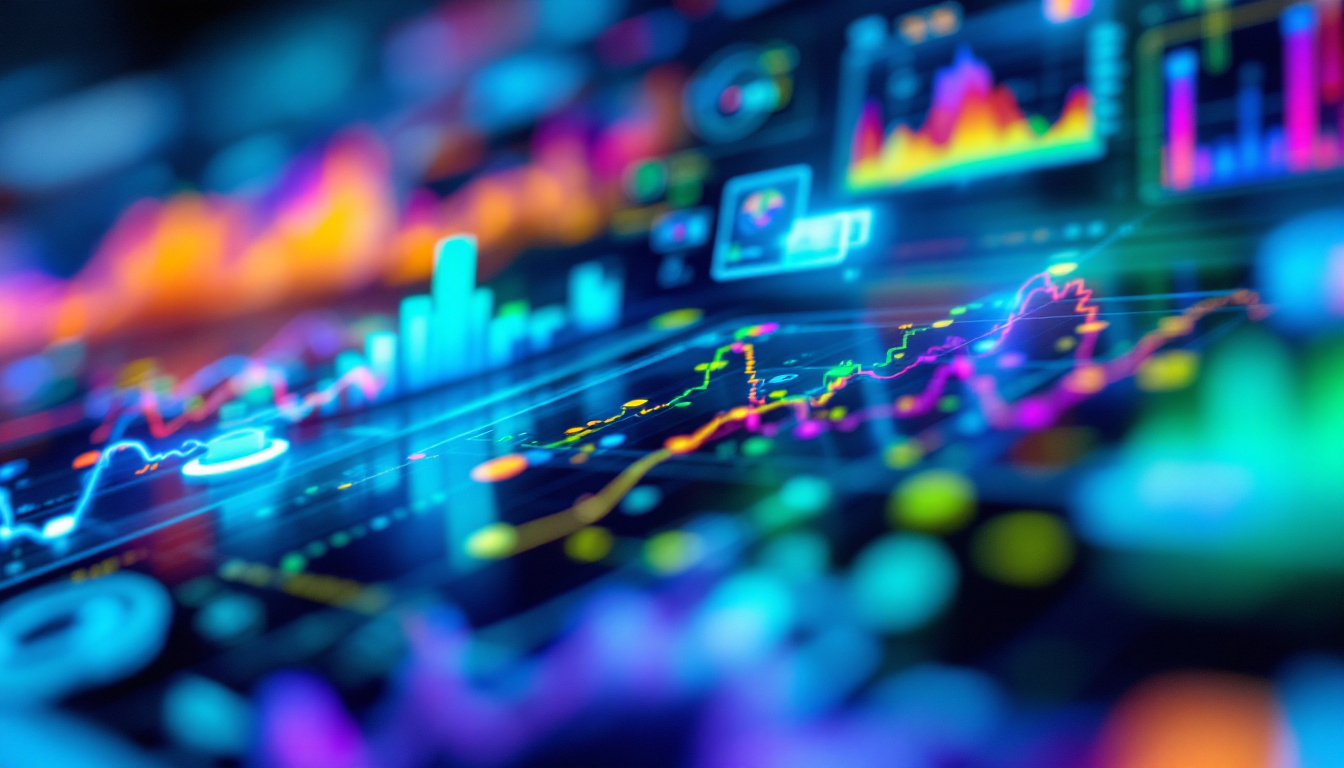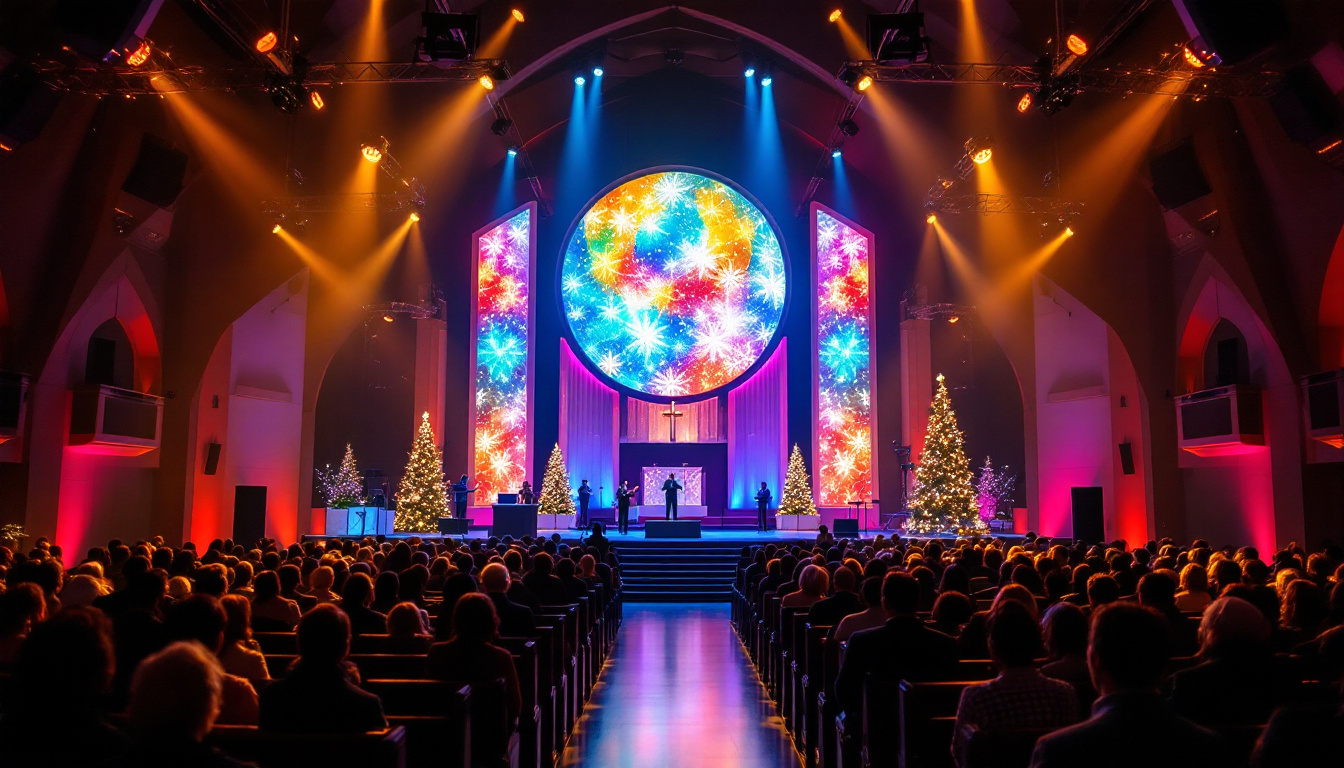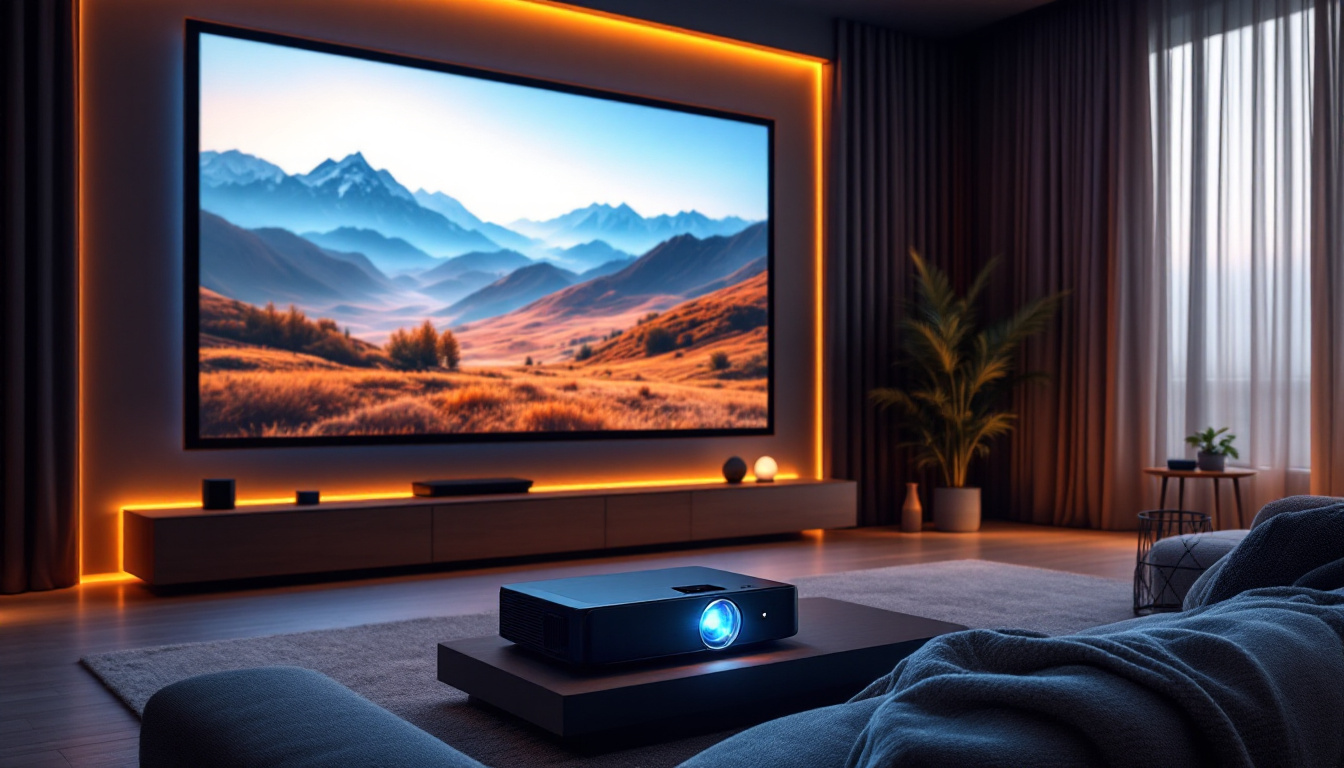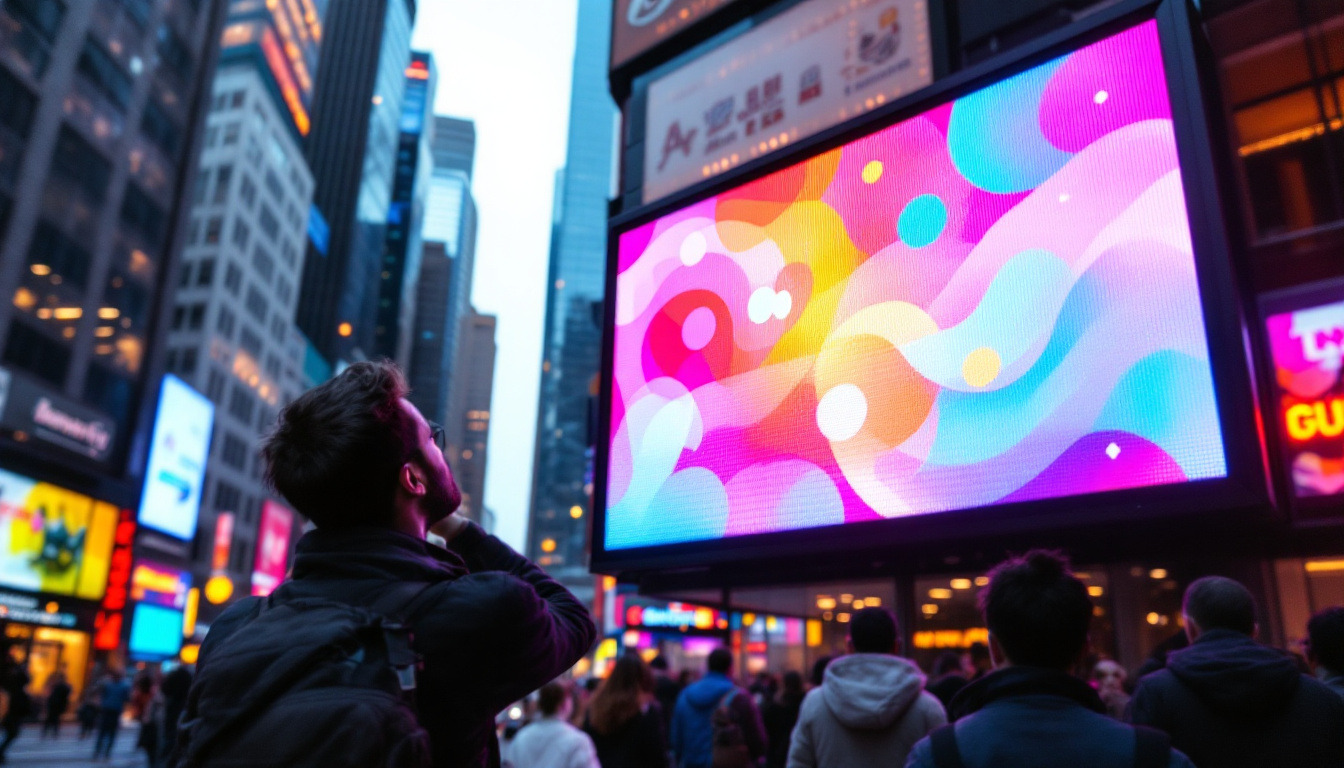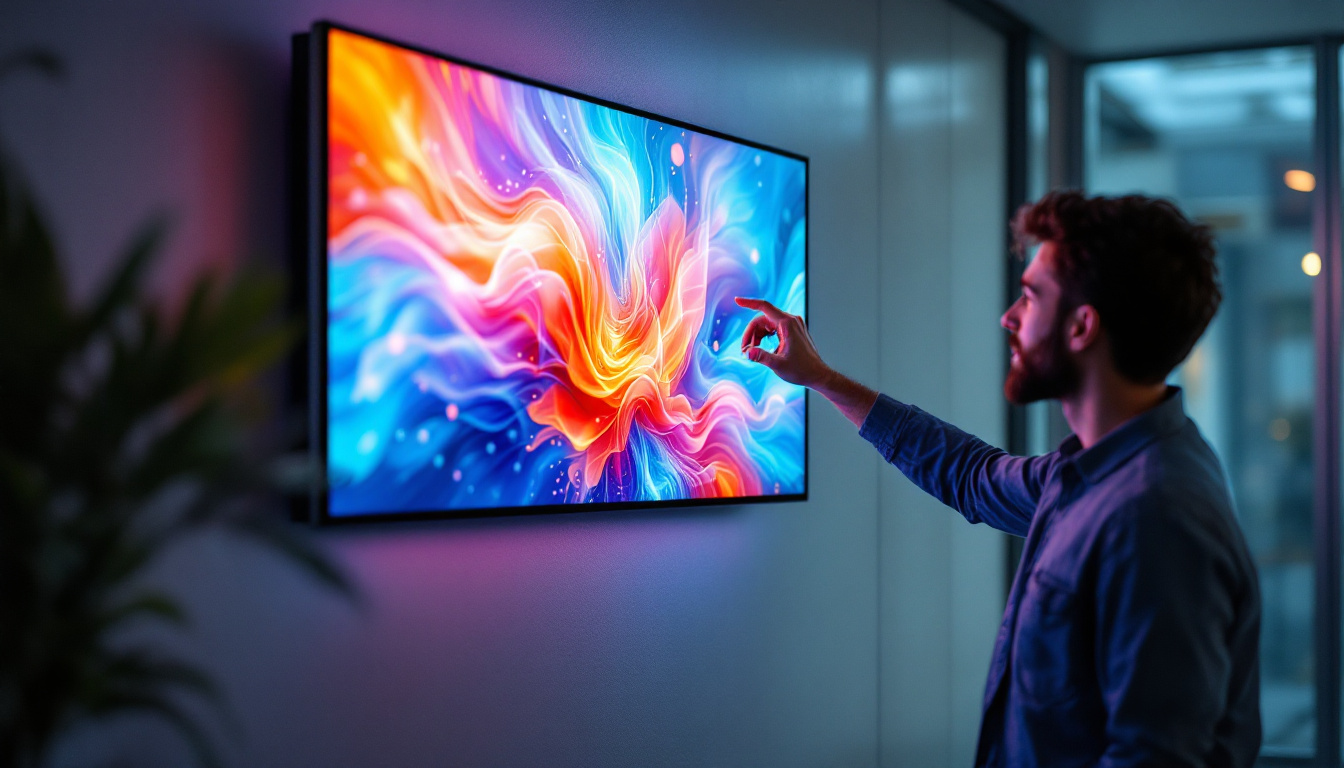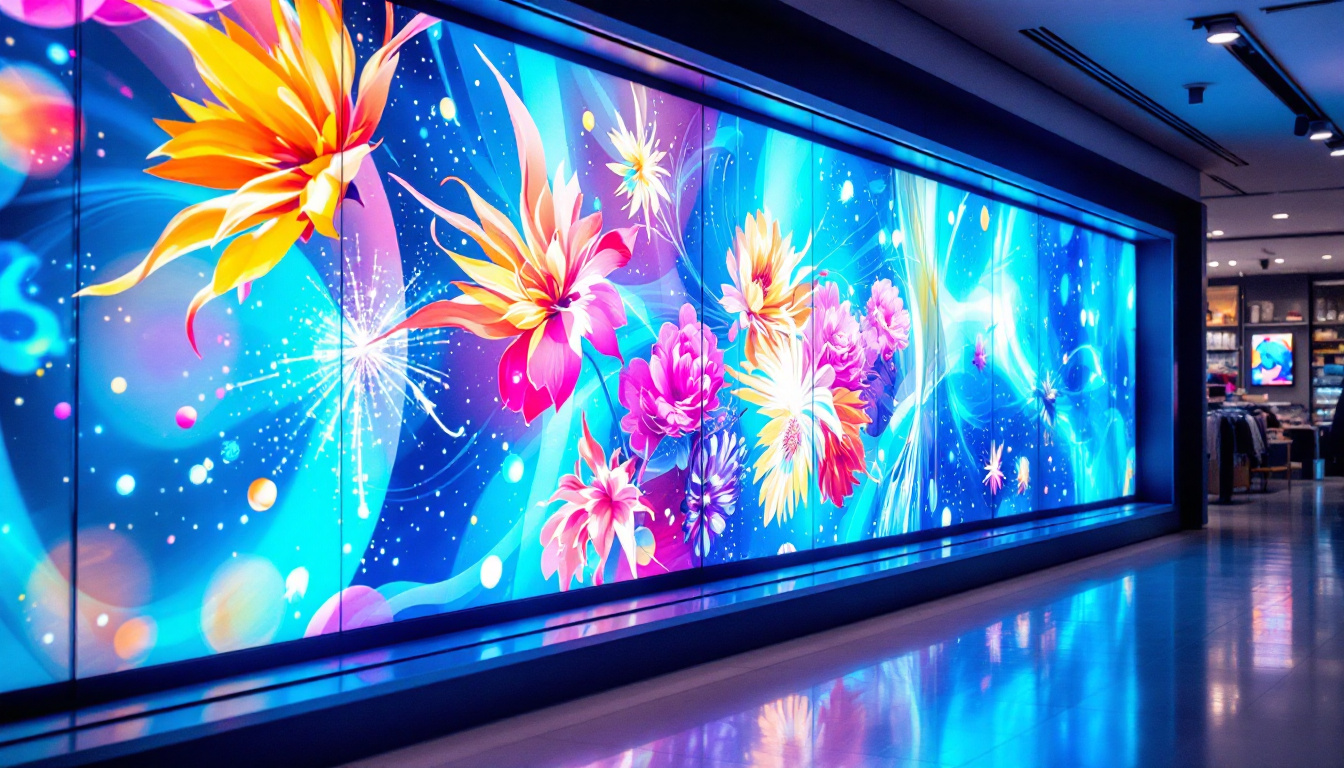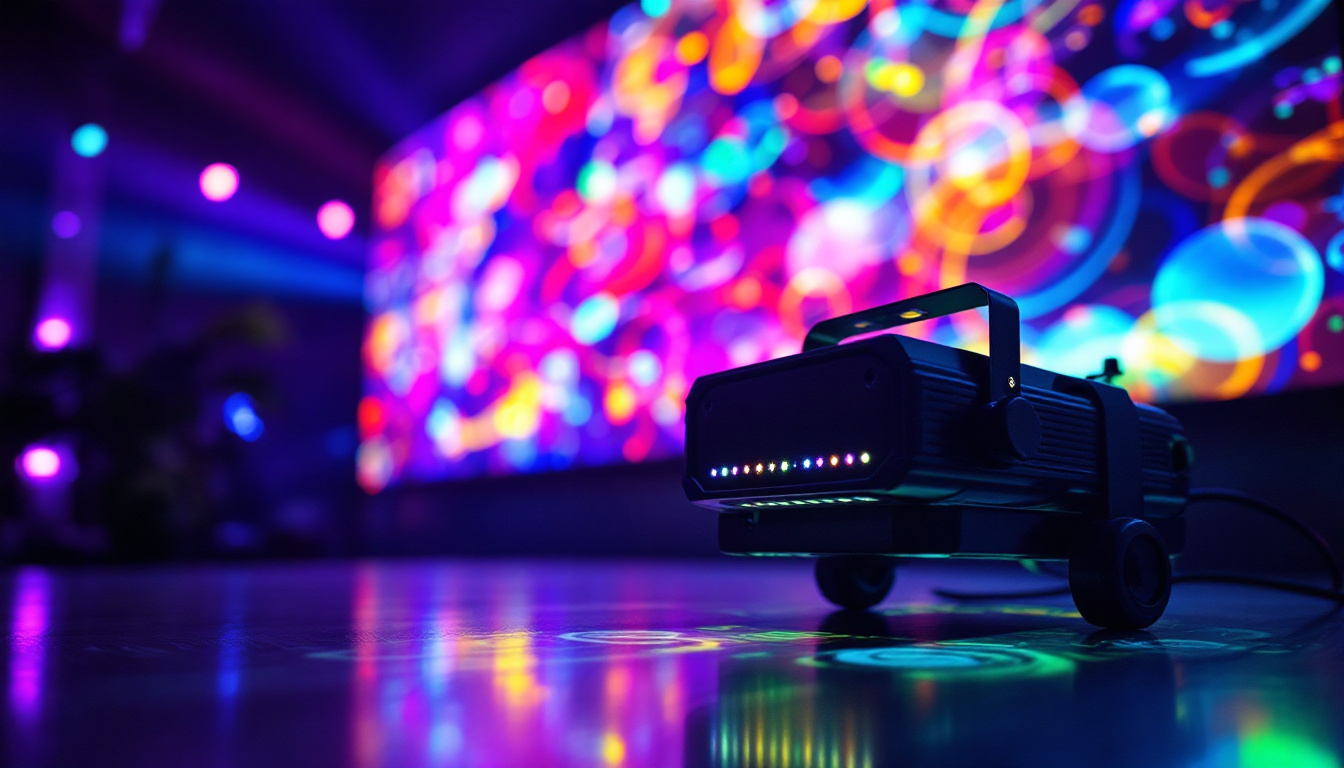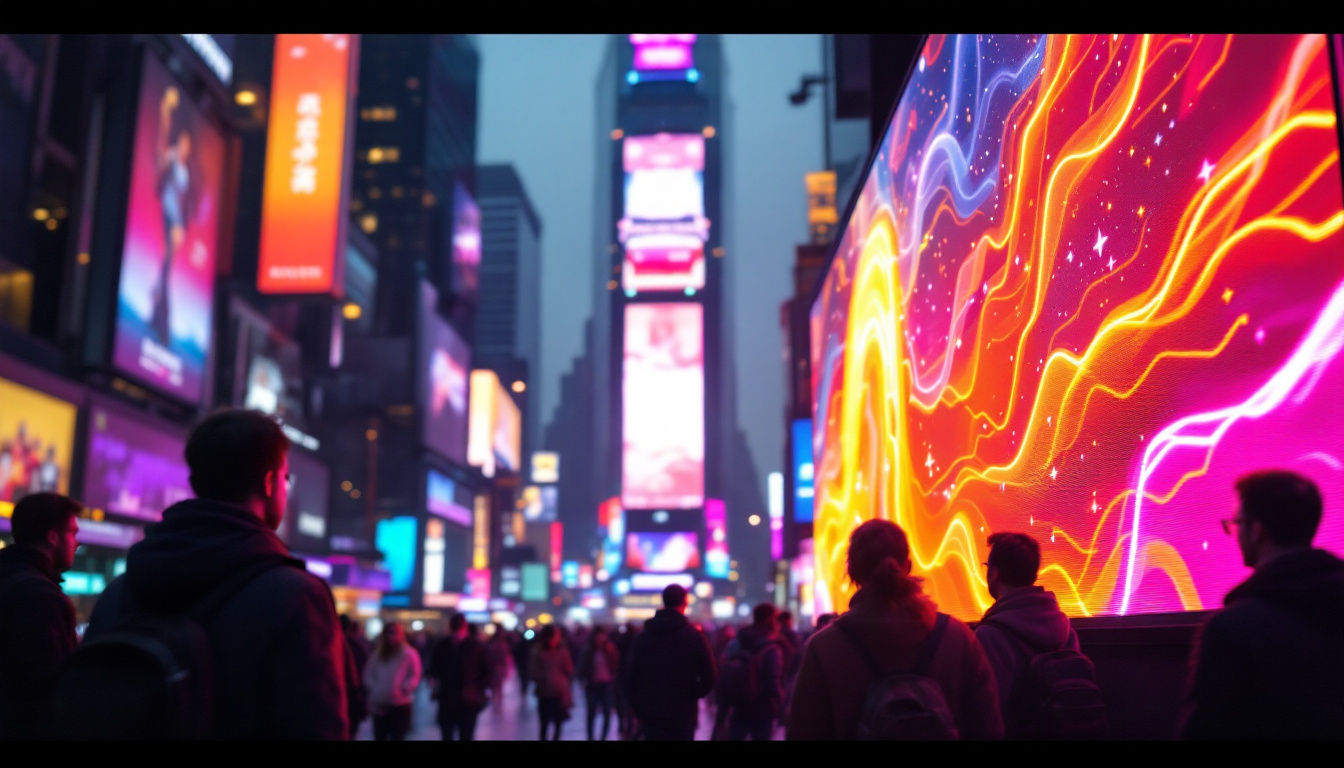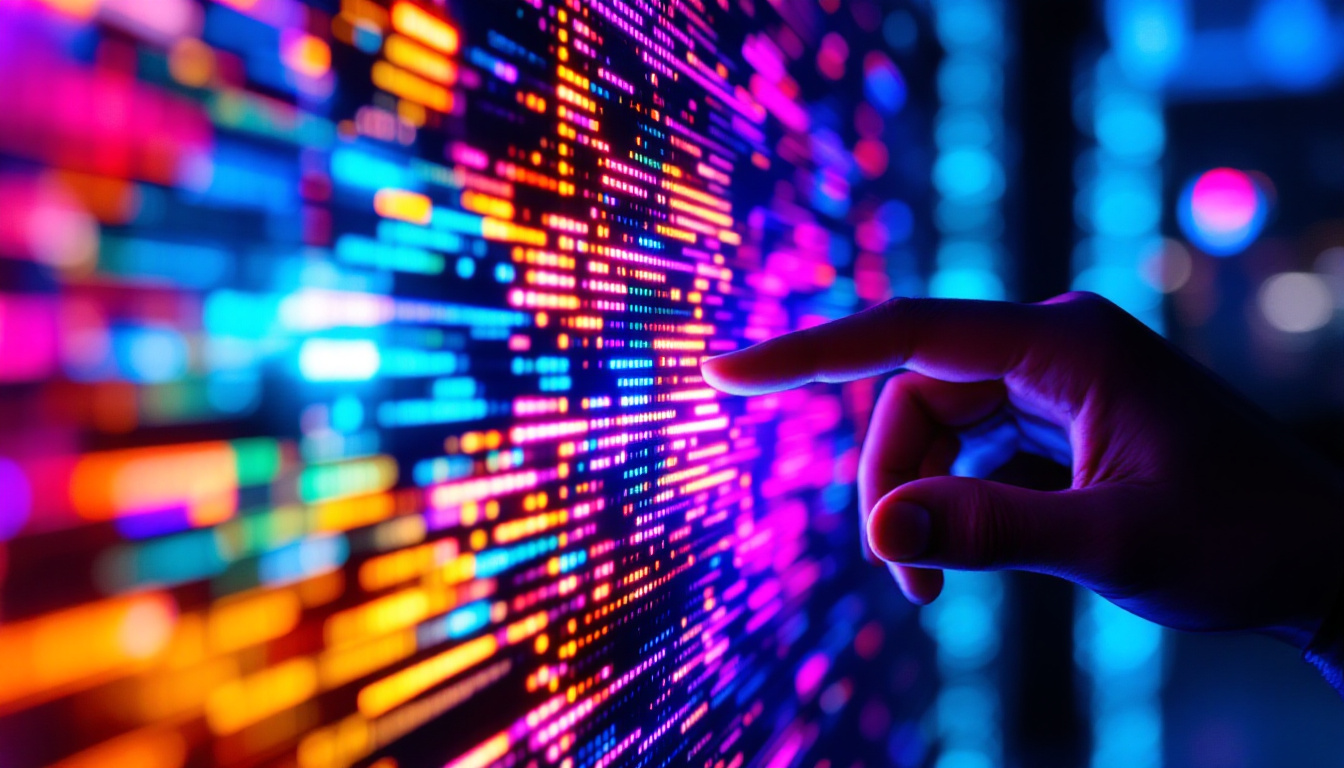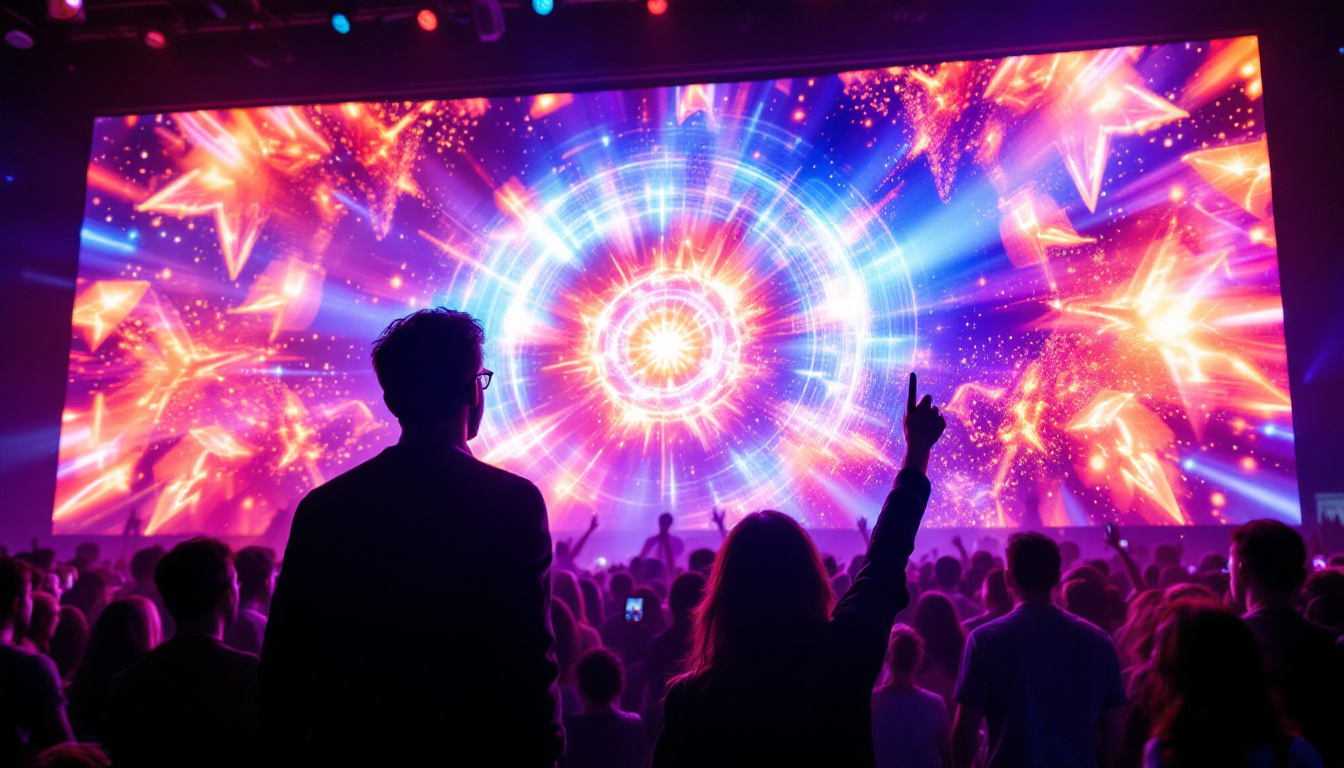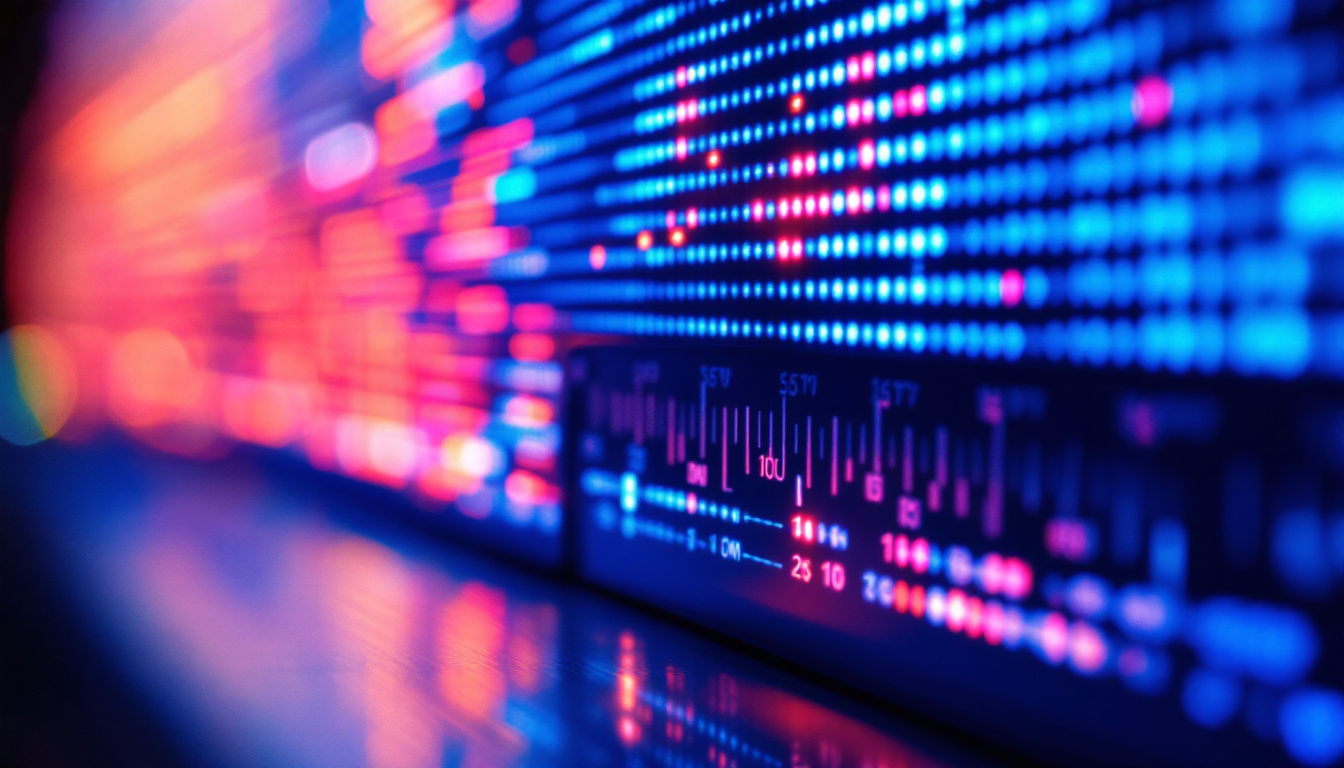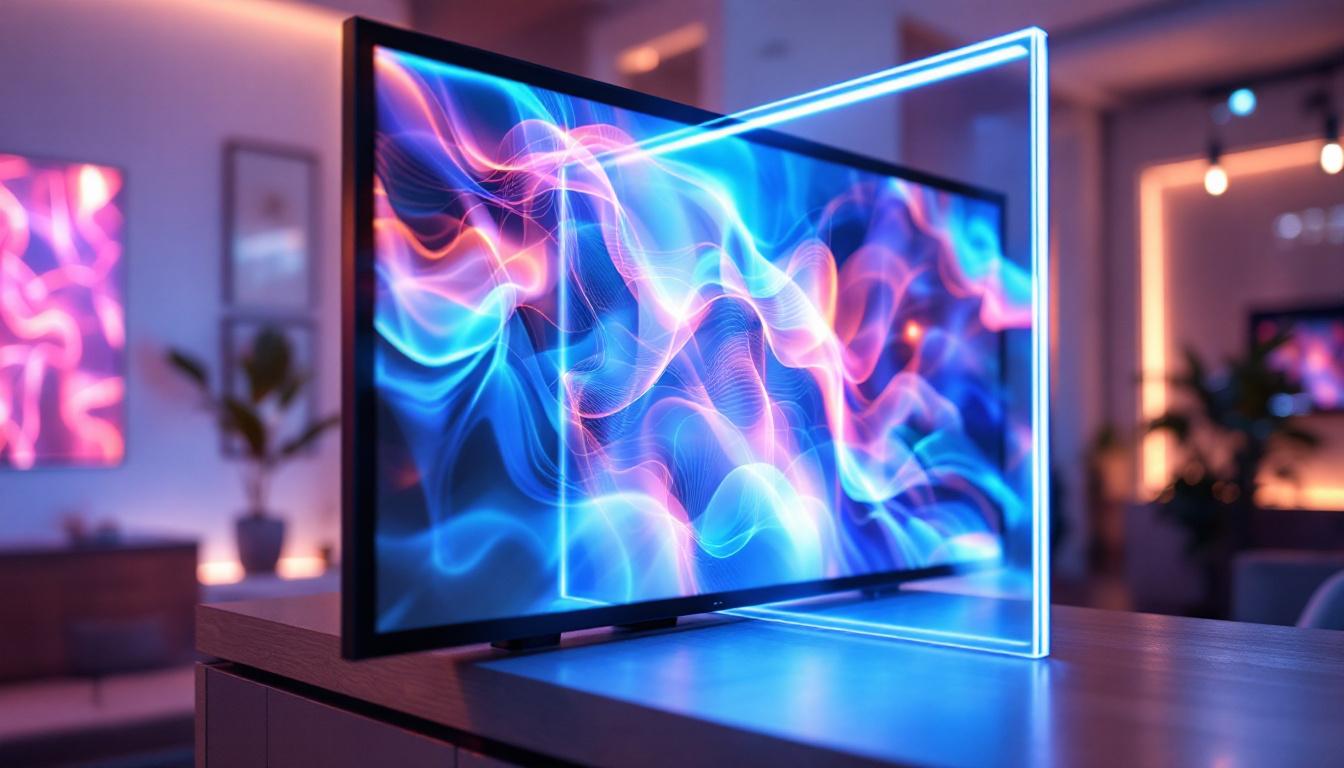In an age where visual communication is paramount, LED displays have emerged as a leading technology for conveying information, advertising, and entertainment. Their versatility and effectiveness make them a popular choice across various industries, from retail to transportation. This article delves into the intricacies of LED displays, exploring their functionality, applications, and the factors that contribute to their growing prevalence.
Understanding LED Technology
Light Emitting Diodes (LEDs) are semiconductor devices that emit light when an electric current passes through them. This technology has revolutionized how visual content is displayed, offering significant advantages over traditional lighting methods. The compact size, durability, and energy efficiency of LEDs make them a preferred choice in various applications ranging from household lighting to large-scale advertising displays.
How LEDs Work
The basic principle behind LED technology involves the movement of electrons within a semiconductor material. When an electric current is applied, electrons recombine with holes in the semiconductor, releasing energy in the form of light. This process is highly efficient, leading to lower energy consumption compared to incandescent or fluorescent lights. In fact, LEDs can convert over 80% of electrical energy into light, whereas traditional bulbs waste a significant portion of energy as heat.
LEDs can produce a wide spectrum of colors by altering the materials used in the semiconductor. By combining red, green, and blue LEDs, displays can create millions of colors, making them ideal for vibrant and dynamic visual presentations. This color mixing capability not only enhances the aesthetic appeal of displays but also allows for precise color rendering, which is crucial in applications such as digital signage and art installations.
Types of LED Displays
LED displays come in various forms, each tailored for specific applications. The two primary types are:
- Direct View LED Displays: These displays consist of individual LED modules that create images directly. They are commonly used in outdoor advertising and large-scale events. Their high brightness and visibility in daylight make them ideal for billboards and stadium screens, where they can capture the attention of large audiences.
- LED Backlit Displays: These screens use LEDs to illuminate liquid crystal displays (LCDs) from behind. They are prevalent in televisions and computer monitors, providing enhanced brightness and contrast. The use of LED backlighting not only improves the overall picture quality but also allows for thinner and lighter designs, making modern devices more portable and user-friendly.
In addition to these primary types, there are also specialized LED displays such as flexible LED screens, which can be bent and shaped for unique installations, and transparent LED displays that allow for visibility through the screen while still showcasing vibrant images. These innovations continue to expand the possibilities of LED technology, making it an exciting area of development in both consumer electronics and professional applications.
Applications of LED Displays
LED displays have found their way into numerous sectors, each leveraging their unique capabilities to enhance communication and engagement.
Advertising and Marketing
One of the most prominent applications of LED displays is in advertising. Businesses utilize large outdoor LED billboards to capture the attention of passersby. The ability to change content quickly and easily allows for dynamic advertising campaigns that can be tailored to specific audiences or times of day.
Moreover, indoor LED displays are increasingly used in retail environments. They can showcase promotions, product information, and even interactive content, enhancing the customer experience and driving sales. Retailers can create immersive shopping experiences by integrating LED displays with augmented reality, allowing customers to visualize products in innovative ways. This not only attracts foot traffic but also encourages longer dwell times, ultimately leading to increased conversion rates.
Transportation and Wayfinding
LED displays play a critical role in transportation systems. Airports, train stations, and bus terminals utilize them for real-time information dissemination, such as flight arrivals, departures, and delays. The bright visibility of LED screens ensures that vital information is easily accessible, even in crowded or noisy environments.
Additionally, LED displays are employed in wayfinding systems within large venues, helping visitors navigate complex spaces efficiently. Interactive kiosks equipped with LED technology can provide directions and information about nearby attractions. These displays can also feature multilingual support, catering to diverse audiences and enhancing accessibility for international travelers. By integrating GPS technology, some systems can offer personalized navigation assistance, guiding users to their desired destinations with ease.
Entertainment and Events
In the entertainment industry, LED displays have transformed the way audiences experience performances. Concerts and festivals often feature massive LED screens that display visuals synchronized with music, enhancing the overall atmosphere.
Furthermore, sports arenas utilize LED displays for scoreboards, replays, and advertisements, creating an engaging experience for fans. The ability to display high-definition content in real-time makes these displays indispensable in modern sports venues. Beyond just scores and highlights, LED technology can be used to create immersive experiences through augmented reality overlays, allowing fans to engage with the game in new and exciting ways. Additionally, during halftime shows or special events, these displays can serve as canvases for elaborate light shows, further captivating the audience and elevating the entertainment value of the event.
Advantages of LED Displays
The growing popularity of LED displays can be attributed to several key advantages that set them apart from traditional display technologies.
Energy Efficiency
One of the most significant benefits of LED displays is their energy efficiency. Compared to traditional lighting options, LEDs consume significantly less power, reducing operational costs and environmental impact. This efficiency is particularly beneficial for large installations, where energy costs can quickly accumulate. Moreover, the reduced energy consumption not only lowers electricity bills but also contributes to a smaller carbon footprint, aligning with global sustainability goals. As businesses increasingly prioritize eco-friendly practices, the adoption of LED technology becomes a strategic choice that reflects a commitment to environmental stewardship.
Longevity and Durability
LED displays boast a long lifespan, often exceeding 50,000 hours of operation. This durability translates to lower maintenance costs and less frequent replacements. Additionally, LEDs are more resistant to shock and vibration, making them suitable for outdoor and high-traffic environments. The robust nature of LED technology means that they can withstand harsh weather conditions, including rain, snow, and extreme temperatures, which is essential for outdoor advertising and public information displays. Their resilience not only ensures consistent performance but also enhances the return on investment for businesses that rely on these displays for visibility and communication.
High Brightness and Contrast
LED displays are known for their exceptional brightness and contrast levels. This capability ensures that content remains visible even in direct sunlight, making them ideal for outdoor applications. The high contrast ratio also enhances the clarity of images and text, improving viewer engagement. Furthermore, the ability to produce vibrant colors and sharp images allows for more dynamic advertising and presentations, capturing the attention of passersby effectively. This characteristic is particularly advantageous in competitive environments, where standing out is crucial. As a result, businesses can leverage LED displays not just for functionality, but as a powerful tool for branding and storytelling, creating memorable experiences for their audiences.
Challenges and Considerations
Despite their many advantages, LED displays are not without challenges. Understanding these considerations is crucial for businesses and organizations looking to invest in this technology.
Initial Investment Costs
While LED displays offer long-term savings, the initial investment can be substantial. High-quality LED screens, especially large outdoor models, can require significant capital. Organizations must weigh the upfront costs against potential returns on investment through increased visibility and engagement.
Content Management
Managing content on LED displays can be complex, particularly for dynamic advertising or real-time information systems. Organizations need to invest in content management systems that facilitate easy updates and scheduling. Additionally, creating engaging and visually appealing content requires expertise in design and marketing.
Environmental Factors
Outdoor LED displays must contend with various environmental factors, such as weather conditions and temperature fluctuations. Ensuring that displays are weatherproof and can operate efficiently in extreme conditions is essential for maintaining functionality and longevity.
Future Trends in LED Display Technology
The LED display industry is continually evolving, with several trends shaping its future. Staying informed about these developments can help organizations make strategic decisions regarding their display technology.
Advancements in Resolution
As technology progresses, the demand for higher resolution displays continues to grow. Innovations like MicroLED and MiniLED technology are paving the way for displays with finer pixel pitches, resulting in sharper images and enhanced color accuracy. This trend is particularly relevant for applications requiring detailed visuals, such as medical imaging or high-end advertising.
Integration with Smart Technology
Smart technology integration is becoming increasingly prevalent in LED displays. Features such as connectivity to the Internet of Things (IoT) allow for real-time data display and interactivity. This capability opens new avenues for personalized advertising and audience engagement, making displays more versatile and effective.
Focus on Sustainability
As environmental concerns grow, the LED display industry is also shifting towards more sustainable practices. Manufacturers are exploring eco-friendly materials and production methods, as well as recycling programs for old displays. This focus on sustainability not only addresses consumer concerns but also aligns with global efforts to reduce waste and carbon footprints.
Conclusion
LED displays have transformed the landscape of visual communication, offering unparalleled advantages in energy efficiency, durability, and versatility. Their applications span various sectors, from advertising to transportation, making them an essential tool for modern businesses and organizations.
As technology continues to advance, the future of LED displays looks promising. With trends such as higher resolution, smart technology integration, and a focus on sustainability, the potential for innovation is vast. Organizations looking to invest in LED displays must consider the benefits and challenges, ensuring they make informed decisions that align with their goals and audience needs.
In summary, LED displays are not just a passing trend; they represent a significant evolution in how information is conveyed and experienced. Embracing this technology can lead to enhanced engagement, improved communication, and ultimately, greater success in various industries.
Explore Cutting-Edge LED Display Solutions with LumenMatrix
Ready to elevate your visual communication strategy with the latest in LED display technology? Discover LumenMatrix’s comprehensive range of innovative solutions, including Indoor and Outdoor LED Wall Displays, Vehicle LED Displays, LED Poster Displays, LED Sports Displays, Floor LED Displays, Custom LED Displays, All-in-One LED Displays, and LED Transparent Displays. Embrace the future of engagement and let LumenMatrix help you create captivating visual experiences that resonate with your audience. Check out LumenMatrix LED Display Solutions today and transform your brand’s visibility with impact and clarity.

